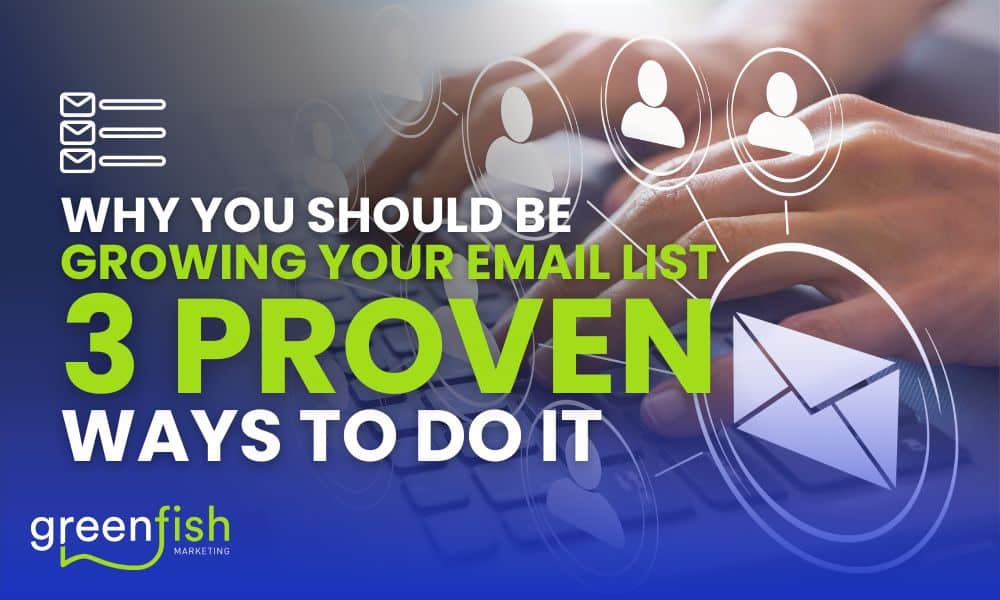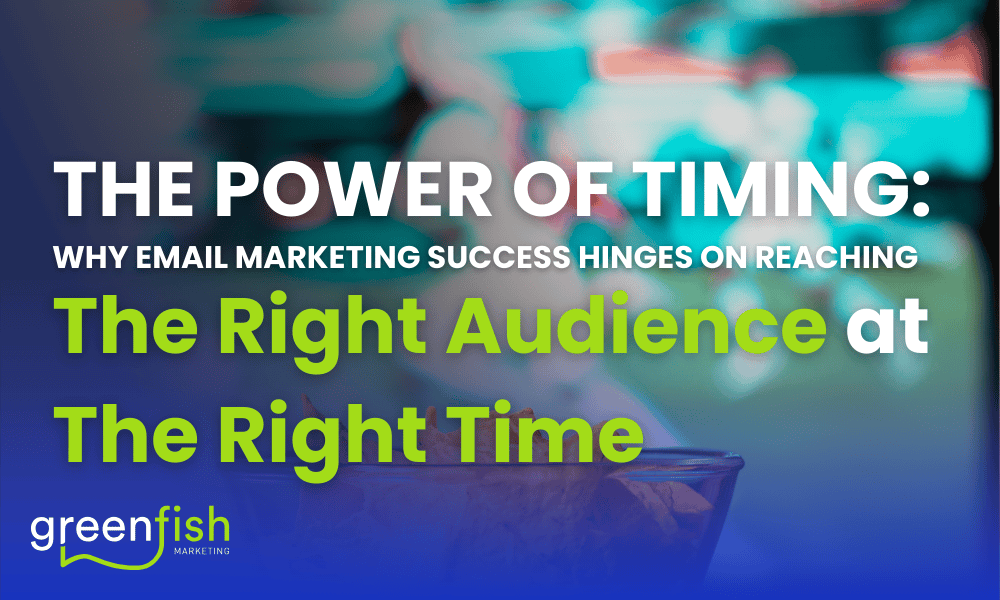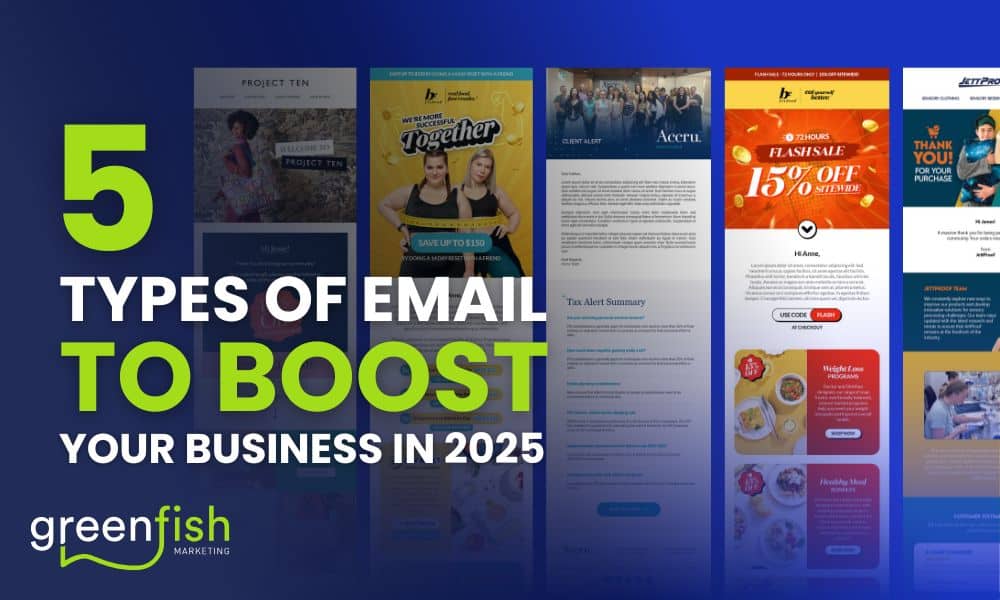What does a healthy database look like?
There’s a fine, fine line between “big data” and “bad data”. Many companies make the mistake of aiming to collect the most amount of information in the fastest time while missing the bigger picture, or details.
Although it’s important to place emphasis on the performance of your marketing campaigns, including open, click and conversion rates; we can’t stress how crucial it is to analyse your bounce statistics, especially when everyday 31 billion emails get bounced.
Not only can bad data mean your perfectly crafted email does not reach its target audience, but incorrect information can cost you time and money. DiscoverOrg found that sales and marketing departments who conducted a lead generation program without first investing in cleaning data, waste 27.3% of a sales representative’s time and up to $32,000 a year.
We have access to some fantastic customer relationship management (CRM) programs, however, they can’t keep up when people change email addresses, telephone numbers and jobs often. Nurturing our leads through the sales funnel at every stage is essential, from collecting the quality data to removing bad data from your CRM.
Therefore, the lower the bounce rate the healthier, the more people engaging the healthier and ultimately the more leads converting the healthier. Here’s how to get your database in good shape:
Clean your Contacts
Some database platforms will charge you extra for going over a certain limit, hence why it’s important you clear out your unresponsive and unengaged contacts.
A good place to start is your unsubscribers, guaranteed they don’t want to be there. Retargeting and “win back” campaigns may save you from losing them but once they’ve completely opted out it’s best to remove them from your list.
Next up is your bounced contacts. Analyse your data and whether they have engaged with your company as of late. Suspicious email addresses are not the only reason they bounced, with mistyped, duplicate or those with strict spam filters being included. Some of these issues can be manually handled, therefore they probably still deserve a spot in your contacts list if manageable.
Also making sure customers are identified correctly is all part of the lead nurturing process. Don’t just rely on their email domains, but ensure you include any clients details you can get. This also makes it simpler and more effective when automating processes.
Freshen your Fields
Data fields work best when you apply only one purpose per field. For instance, collect first and surname separately to ensure personalisation and accuracy when it also comes to automation.
Cleaning up this information and deleting any unnecessary fields can even be safely deleted from your database, or stored outside of your CRM software. This may even result in the download of your database and processes of automated workflows taking less time and effort.
Workshop your Workflows
This is the key to keeping your campaigns manageable and organised, a well as creating a smooth process for your marketing automation efforts and achieving favourable results.
Spend time reviewing all workflows, including ones you no longer use and ask yourself if it’s still relevant, should anything be edited to see more action and whether you can consolidate the actions performed in this workflow with another.
Moving forward
Here are a few more housekeeping tips to ensure you’re not spending several hours cleaning up your data again, which no one wants to have to continue doing. It’s important to set-up processes to avoid errors from occurring, as well as to set automated data cleaning methods. For example:
- Use text fields like drop down boxes to reduce errors and more simply segment your leads.
- The smart list may assist in collecting contacts who may need to be manually assessed (opt-outs, bounced emails).
- Setting reminders to assess this on a basis that is convenient for your company to follow through with will streamline your marketing database efforts in the future.
Want to find out other ways to make sure your database is as healthy as possible? Book a strategy call with our team.




